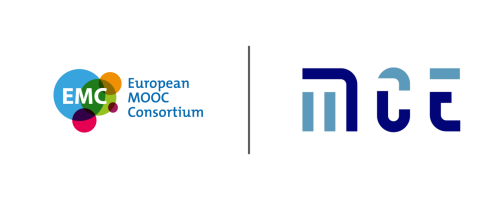In the ever-evolving landscape of education and professional development, microcredentials have emerged as a transformative force, offering learners flexible pathways to acquiring new skills and knowledge.
EADTU, in collaboration with the European MOOC Consortium (EMC) and the MCE project (Modularisation of Continuing Education and professionalisation by Micro-credentials), presents the Microcredential Monitor, aimed to observe the microcredential landscape within Europe.
Visit the Monitor for the latest updates on important reports, policy initiatives, and research publications related to the growth of micro-credentials in higher education and lifelong learning.


